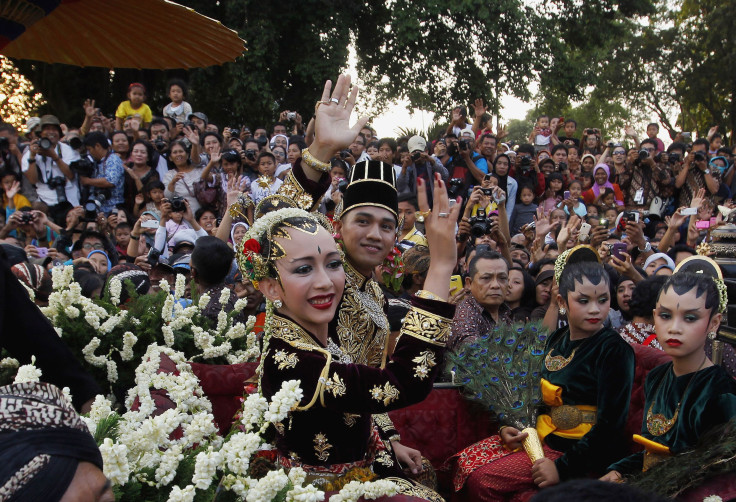Love around the world: 12 unique overseas wedding customs
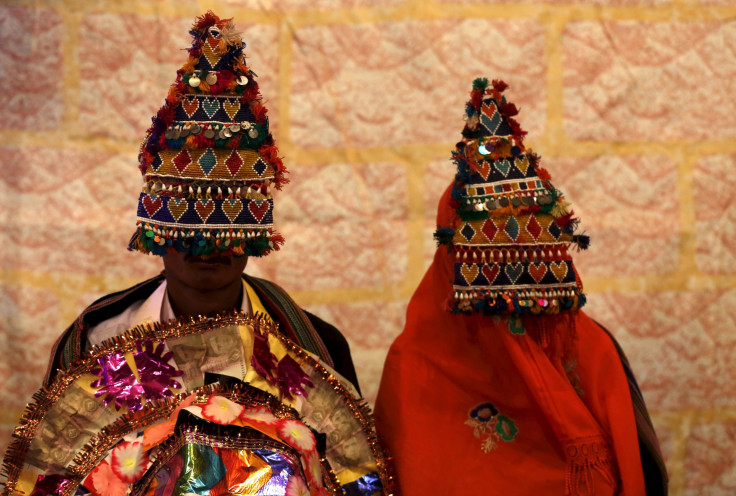
Have you ever been at a wedding and wondered how the tossing of the bouquet has become a “must-do” procedure? Or what about the ‘Something Borrowed, Something Blue, Something Old and Something New’ tradition? It seems that weddings (which some might say is the ultimate symbol of love) in Australia have adopted its own set of customs that have become a ritual at every ceremony.
Of course, the same ‘wedding rules’ that apply in Australia are either non-existent or altered when it comes to tying the knot in other countries. From seeing each other for the first time through a mirror, to throwing raw eggs over the bride’s head, here are 12 different wedding customs from around the world that all have the same purpose: celebrate the union of two people in love:
1 | Pakistan
Traditionally, a Pakistani bride will keep her face covered until after the legal document (Nikah) is signed. After this, there is an entire ceremony, called the Munh Dikhal, which is dedicated to the bride revealing her face to her new husband.

2 | Bulgaria
Weddings in Ribnovo, Bulgaria are very unique. Weddings are only ever held in winter and the traditional white mask known as Gelena is a tradition that goes back centuries. The bride is not allowed to open her eyes wide until a Muslim priest blesses the young couple.
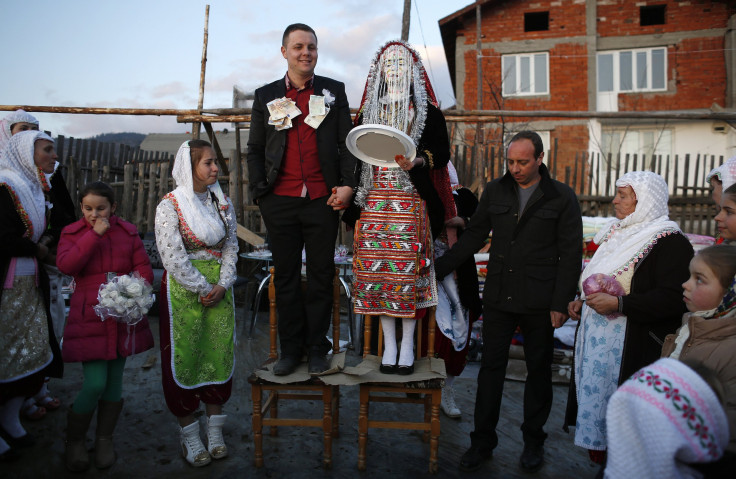
3 | Kenya
Nubian weddings in Kenya are celebrated over three days (Thursday, Friday, Saturday).
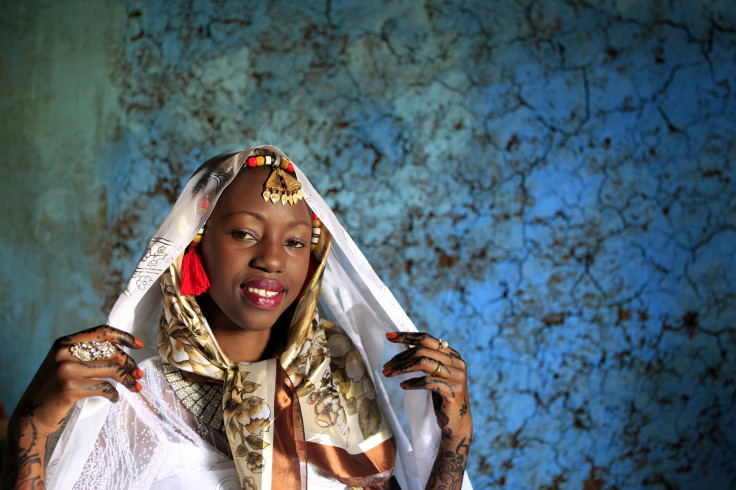
4 | Tibet
In Tibet, it is tradition that upon arrival at the groom’s house, the bride must tramp on the road with barleys and tea leaves to symbolise the harvest she is bringing into the family.
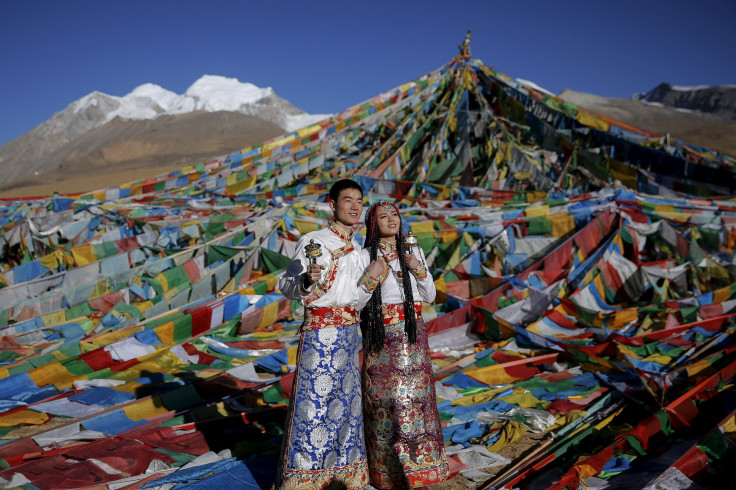
5 | Israel
The exchange of rings in a Christian Orthodox wedding represents the unity of two wedded into “one flesh”.
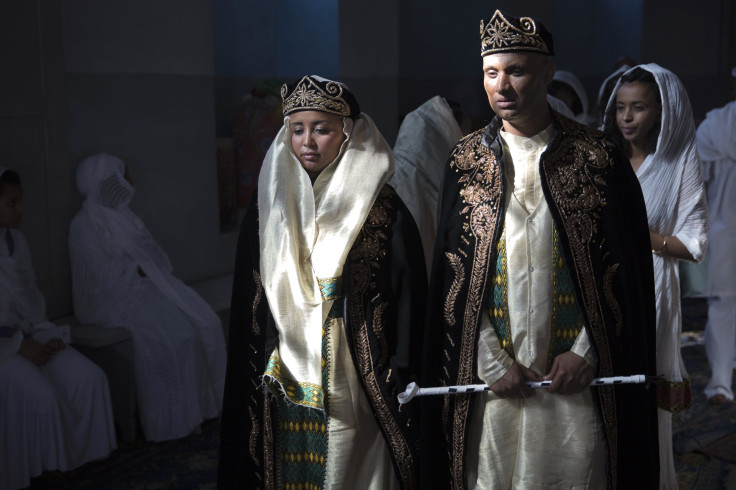
6 | Bulgaria
A wedding tradition that is unique to Bulgaria is the pre-wedding ritual, where the bride is given a dish of coins, wheat and a raw egg. She has to throw the dish over her head – the more pieces that it smashes into, the better luck the couple will have.
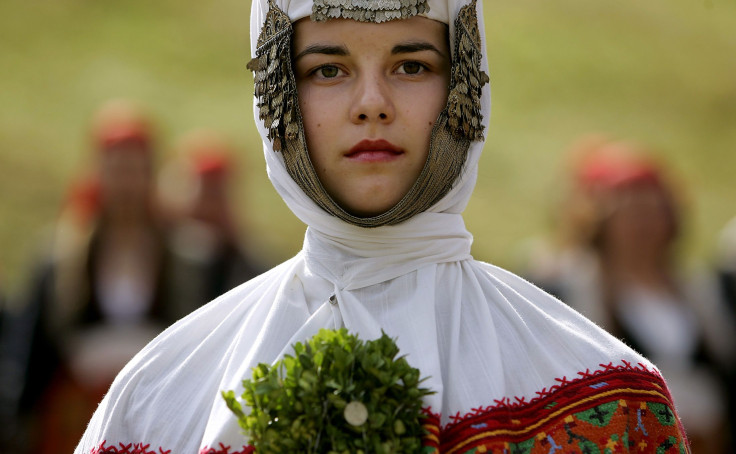
7 | Jordan
Since establishing its group marriages in 1993, Naim Shaltoni (a member of the Al Afaf Charity Society) stated that more than 1,500 couples have participated in group ceremonies. The aim of the society is to facilitate marriages through distributing financial aid and hosting mass weddings.

8 | Myanmar
Following a large feast for dinner, the married couple is seated face to face, with their heads covered by a Dupatta. The Holy Quran and a mirror are placed between them, through which they are able to see each other for the first time. This is known as Aarsi Mushaf.
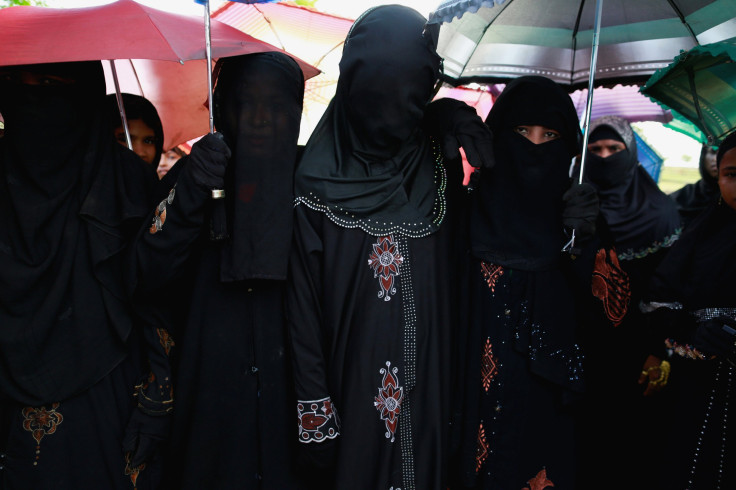
9 | Peru
It is a Peruvian custom to include wedding charms in between layers of the wedding cake attached to ribbons. Before the cake is cut, all of the single women at the ceremony pull a string. The one who pulls the ribbon with the “ring” on it is the next one to get married!
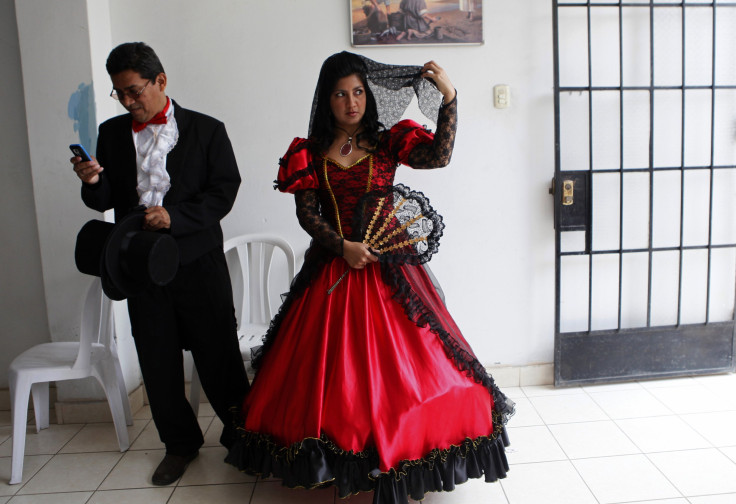
10 | Russia
When planning a traditional Tuvan wedding, it is a pre-wedding ritual to consult a Shaman or Lama with regards to finding a favorable date. This is known as Khun Korguzeri.

11 | India
A tradition known as Saat Phere takes place at the time of marriage, and sees the bride and groom walk around a sacred fire taking vows of togetherness.
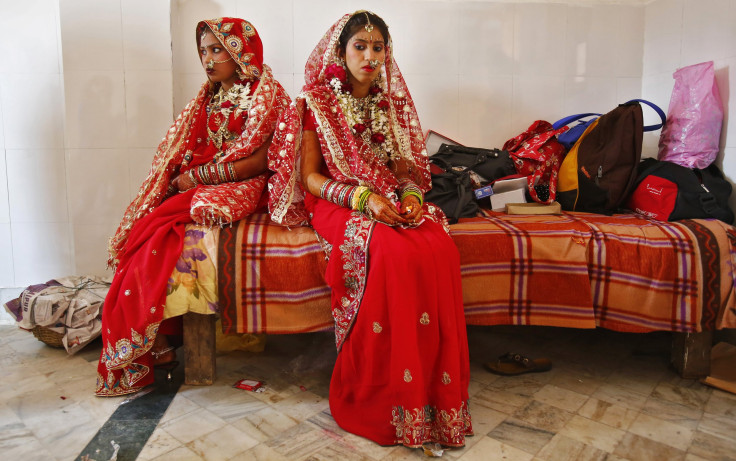
12 | Indonesia
The day before the wedding ceremony, both the bride and groom are required to celebrate Siraman, which means to have a bath. For the couple, Siraman symbolises the cleansing of their bodies and souls.
